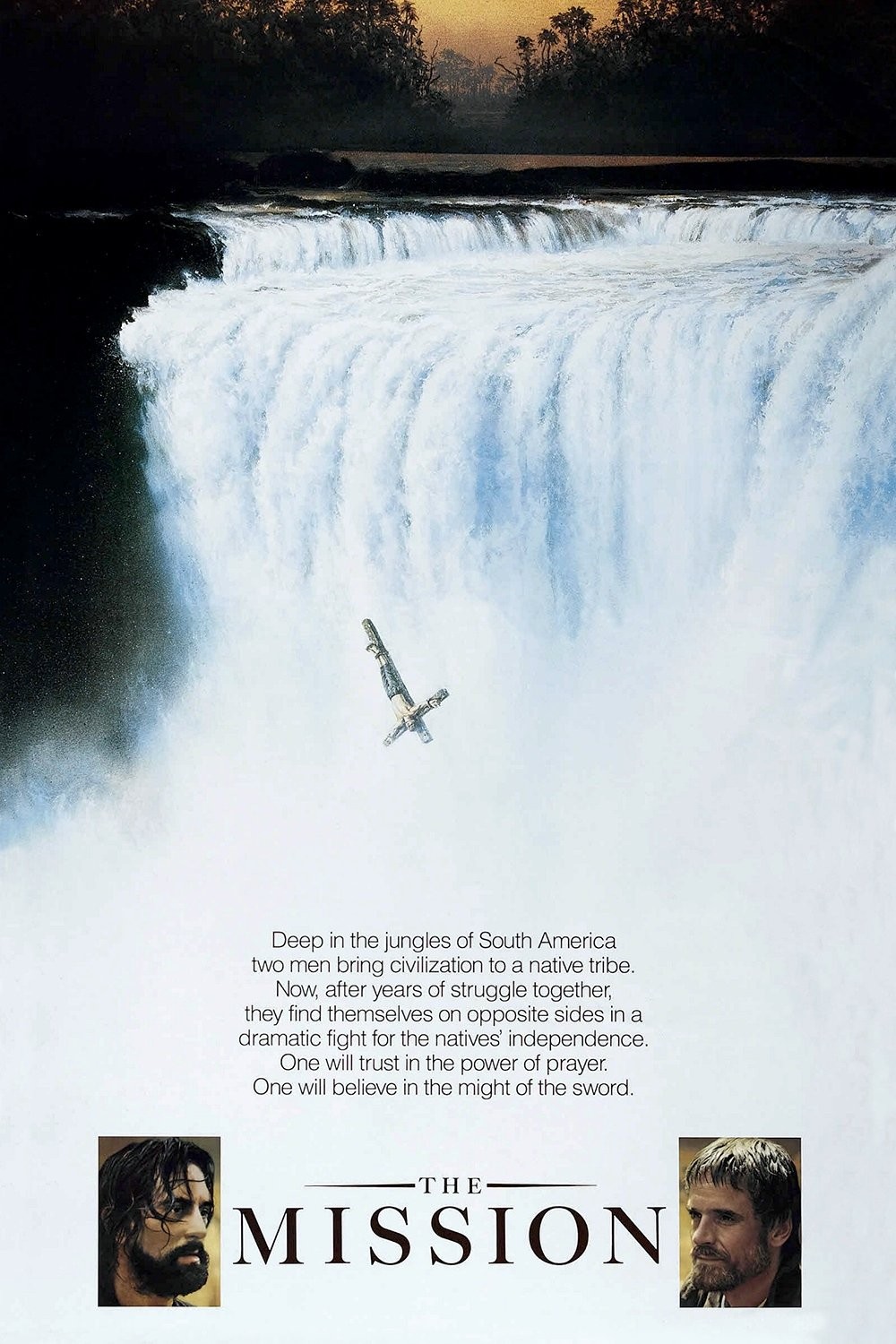Is Black Narcissus the first Nun-sploitation movie? I mean it doesn’t have a dominatrix Mother Superior or lesbian experimentation, but it is a story about the sexual repression of nuns in a remote convent and what becomes of that. What’s perhaps most shocking is it was made in 1947 yet feels like something from the 60’s or 70’s. This no doubt is because of the incredible freedom of expression its writer-directors Michael Powell and Emeric Pressburger had, both in terms of content and technique, as well as the fact the movie was produced in Britain away from the Hays Code which would have censored the films’ more overt sexual implications and suggestive imagery, its sacrilegious elements, and its subtle critiques of colonialism. The film is centred on five nuns in the Himalayas who convert a solitary seraglio near Darjeeling into a school and hospital for the local natives, focusing as well on their relationship with a nearby British official and a Bengali prince. The movie is filled to the brim with erotic subtext as the nuns are captivated by the sensuality of the environment and the rugged masculinity of Mr. Dean (David Farrar), an otherwise typical dickish (and racist) British agent. Particularly, the movie is concerned with the interplay between the well-meaning Sister Superior Clodagh (Deborah Kerr) and the less disciplined, somewhat unstable Sister Ruth (Kathleen Byron), jealous of the relationship between Clodagh and Dean. Kerr and Byron are incredible, the latter I’m shocked didn’t become a more major star afterwards, and a young Jean Simmons, acting mostly through exquisite expression and body language, is a highlight of the supporting cast -though it’s a shame to see one of my favourite actresses playing a role in brown-face.
All of this is great, but what truly sets Black Narcissus apart from just about any other movie produced during that time is its visuals. The technicolour is gorgeous, astonishingly vivid for a movie with so much white, the lighting and make-up is amazingly vibrant; but the biggest star might be the matte paintings that substitute for location shooting. They suggest both extraordinary scale, and in their unreal beauty an otherworldly atmosphere, putting you in the same mindset as the nuns. For sets so obviously fake, they feel much more real than many an actual location shoot -it’s some of the most breathtaking art direction I’ve ever seen! Jack Cardiff’s cinematography is equally impressive, the way he makes use of extreme close-ups and long shots to best convey the tension Powell and Pressburger write so well (you can tell they were fans of Hitchcock). The cloister bell on the ledge of the mountain on which the palace is perched is probably the most iconic and evocative image of the movie, terrifying and beautiful in its grandiosity. The last act especially is full of radiant visual choices, precipitating an ending that is the very definition of iconic cinema.
Criterion Recommendation: The Mission (1986)
While on the subject of a religious order operating in a remote location to indoctrinate natives, another great movie to add to the Collection is Roland Joffe’s The Mission, about an 18th century Spanish Jesuit mission in South America. It too is a lush and beautiful looking movie with captivating cinematography and an engaging story. It’s one of Robert De Niro’s lesser known but best performances, as a mercenary taken in and subsequently converted by the priest played by Jeremy Irons -also great in the movie; and its remarkably historically accurate to the period and context without being terribly racist. Most of all though it’s got one of the greatest movie scores, courtesy of the legendary Ennio Morricone, sensational and glorious enough to even make an atheistic cynic like me sympathize with missionaries.
Support me on Patreon: https://www.patreon.com/JordanBosch
Follow me on Twitter: https://twitter.com/Jordan_D_Bosch
Follow me on Twitter: https://twitter.com/Jordan_D_Bosch
Letterboxd: https://letterboxd.com/jbosch/



Comments
Post a Comment